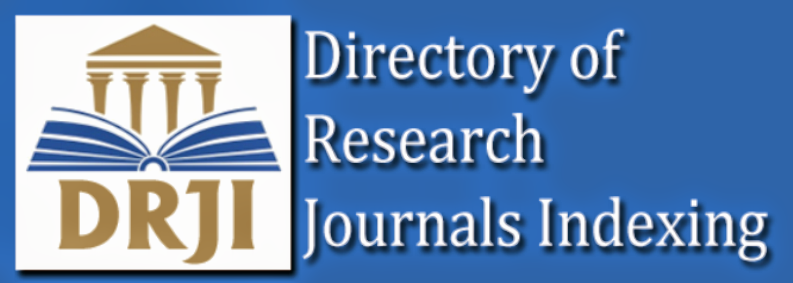| Back | Table of Contents | Full Text | PDF | Similar Articles | |
Oğuzhan Bodur1, Ahmet Seyda Yılmaz1, Remzi Akdoğan2, Murtaza Emre Durakoğlugil1, Hakan Duman1, Sinan Altan Kocaman3, Mustafa Çetin1
1Department of Cardiology, Recep Tayyip Erdoğan University Faculty of Medicine, Rize, Turkey
2Department of Gastroentorology, Recep Tayyip Erdoğan University Faculty of Medicine, Rize, Turkey
3Department of Cardiology, Ankara Koru Hospital, Ankara, Turkey
Keywords: Esophagitis, gastritis, gastroesophageal reflux disease, rhythm holter, premature atrial contraction
Objectives: This study aims to investigate the association between premature atrial contractions (PACs) and esophagitis and/or gastritis in patients with gastroesophageal reflux disease (GERD) symptoms.
Patients and methods: A total of 108 patients (58 males, 50 females; mean age: 46.1±13.1 years; range, 37 to 63 years) who underwent gastroduodenal endoscopy to evaluate the presence of esophagitis and/or gastritis between February 2017 and September 2018. The patients underwent 24-h electrocardiographic monitoring for PACs. Esophagitis and/or gastritis rate was compared between PACs (+) and PACs (-) groups.
Results: The PACs (+) patients were older with a male preponderance. The PACs (+) patients were also more likely to have esophagitis and/or erosive gastritis (p<0.001), higher serum creatinine (p=0.015), and larger left atrial diameter (p=0.049) compared to PACs (-) group. The PAC count was higher in patients with esophagitis and/or gastritis. Multivariate analyses showed that male sex (p=0.033) and presence of esophagitis and/or gastritis (p<0.001) were independent predictors of PACs.
Conclusion: Esophagitis and/or gastritis in patients with GERD symptoms are independently associated with both the increased
prevalence and number of PACs. Treatment of GERD may reduce PACs and subsequent further atrial arrhythmias, such as atrial
fibrillation.
| Back | Table of Contents | Full Text | PDF | Similar Articles | |














